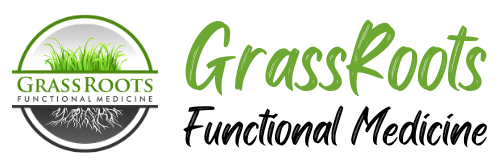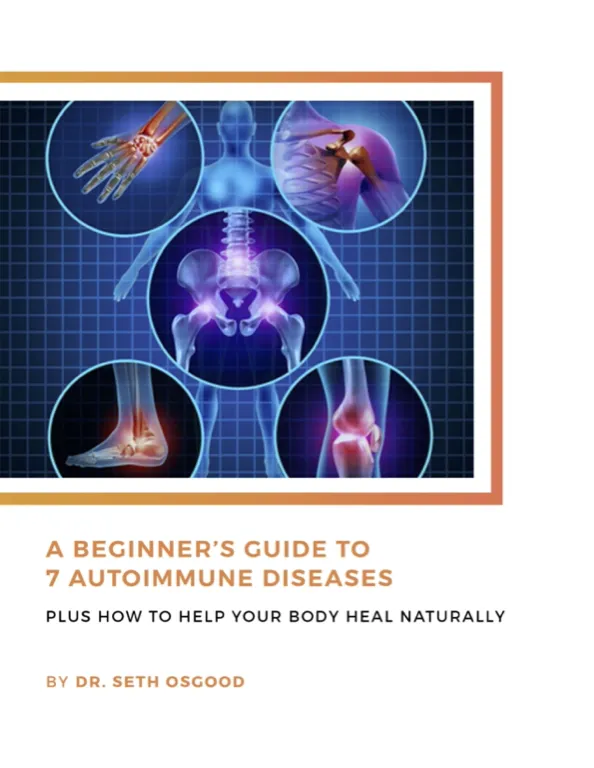Have you inhaled, drank, or applied any heavy metals today? The answer might surprise you.
Heavy metals include mercury, lead, arsenic, and cadmium. They are found naturally in the earth and some are even necessary for your health in small amounts, such as iron and zinc.
Pollution and modern farming and industrial practices have made them far more widespread. Today they are in everything from carrots to cosmetics. Each encounter with a heavy metal is usually minute, but the cumulative effects can add up quickly.
Let’s look at how heavy metals affect your health, where they’re hiding, and safe alternatives to use instead!
The Danger of Heavy Metal Exposure
Like any toxin, heavy metals can disrupt your body’s optimal function and contribute to chronic illness. They increase oxidative stress by generating free radicals and reducing antioxidant levels and interfere with DNA and protein function.
Symptoms of heavy metal exposure can include:
- Brain fog
- Memory issues
- Weakness and fatigue
- Muscle aches and twitches
- Chemical sensitivities
- Anxiety and depression
- Headaches
- Numbness and tingling
- Hair loss
- Cardiovascular disease
- Hormone imbalances, infertility, irregular cycles
Heavy metal exposure has been linked to numerous autoimmune diseases and thyroid conditions. Research has also shown mercury can be a complicating factor in recurrent Candida overgrowth and one study found that a heavy metal detox can help prevent kidney, cardiovascular, and neurological conditions.
Aren’t Our Daily Exposures Really Small?
Many people assume that heavy metals only cause a problem when you have one big exposure, like an industrial accident. While that is dangerous, it’s also quite rare.
It’s the small daily and weekly exposures that build up over time to create a problem for most patients.
Patients also often assume that our air quality, water, food, and household products are closely regulated to prevent unsafe levels of heavy metals. Sadly, that’s just not the case. Regulations from the Environmental Protection Agency are frighteningly lax in many areas. We must also account for the multiple sources we encounter a day. Each individual exposure may meet regulations, but the cumulative effect may still be harmful.
The approach I use and advise for my patients is to be proactive and informed.
Recognize that these toxins are present in our environment, eliminate the exposures you can, and support your detox pathways for the ones you can’t.
8 Sources of Heavy Metals & Safe Swaps for Them
Use this list to identify places heavy metals are hiding in your home and work environment and implement safer alternatives.
1. Seafood
You’ve probably heard by now that certain types of fish like tuna contain high levels of mercury. This is why women are advised to avoid them during pregnancy.
Safe swap: Avoid fish that are high in mercury, and choose ones low in mercury instead.
2. Air Pollution
Mercury, lead, and cadmium are all common air pollutants due to industrial activities. Coal-burning plants in particular are a major source of mercury in our air.
Safe swap: Use an air purifier in your home and office and open your windows regularly.
3. Unfiltered Water
Once in the air, heavy metals can settle into lakes and aquifers and make their way into our water systems. The use of commercial fertilizers has also introduced heavy metals into our waterways and homes with lead pipes pose a risk.
Safe swap: Use a water filter (my favorite is Berkey) and ask your local water provider to test for lead if your home was built before 1986 and you are unsure if it has lead plumbing.
4. Dishes & Dinnerware
Lead and cadmium are sometimes used to stabilize brightly colored glazes on plates and other dishes.
Safe swap: Choose dishware that is made in the US and never heat or eat off of dishes labelled “decorative” or “not for food use”. If you have any concerns, save heirloom ceramics and hand painted dishware for display only.
5. Old Paint Residue
Many older homes (those built in 1977 or earlier) contain lead paint. Renovation and repairs on these homes can release lead-laden dust or paint chips.
Safe swap: Have your home inspected prior to any work and use the EPA’s database to find a lead-safe certified firm to work with.
6. Cosmetics
Research has shown that numerous cosmetic products contain trace levels of heavy metals, including arsenic and mercury.
Safe swap: Use EWG’s Skin Deep database to check the safety of your current products and find ones labelled EWG Verified if you need to replace any.
7. Amalgam Dental Fillings
Dental amalgams contain about 50% elemental mercury that can leach into your mouth as the fillings corrode, releasing mercury into your saliva and airways.
Safe swap: Find a biological dentist who can safely remove and replace amalgam fillings with a safer alternative.
8. Rice and Root Vegetables
There was a big scare earlier this year about heavy metals in baby food. The reports turned out to be alarmist and came down to the fact that many common “first foods” more readily absorb heavy metals from the soil, including carrots, sweet potatoes, and rice. While this does pose some risk, the levels are extremely low and the risk is largely offset by the nutrients in these foods.
Safe swap: Continue eating root vegetables, just ensure you have plenty of variety in your diet, and consider minimizing your rice consumption.
Testing & Treatment
If you’re concerned about heavy metal levels, I strongly recommend working with a functional medicine provider! The process of removing heavy metals, known as chelation, can be very risky if done poorly.
Intensive chelation can flood your body with stored heavy metals if your detox pathways, elimination processes, and immune system aren’t functioning properly.
For patients in our Adaptation Program, we use comprehensive testing to evaluate heavy metal levels, but we also look at gut function, antioxidant levels, oxidative stress markers, and other signs that indicate the health of their detox pathways. We then develop a personalized protocol to reduce their exposure and safely flush the stored toxins from their system.
This may include supplements such as GI Detox to bind the heavy metals and glutathione to support detoxification. It may also entail eating cruciferous vegetables and anti-inflammatory foods, infrared sauna therapy, and drinking plenty of filtered water to support the detox process by peeing, pooping, and sweating.
Ready for a personalized, functional approach to your own health? Head here to check out our programs!
About the Author: Dr. Seth Osgood is a Doctor of Nursing Practice and Institute of Functional Medicine (IFM) Certified Practitioner. Dr. Osgood received his post-graduate training in Functional Medicine through the IFM and from working with Dr. Amy Myers. He has helped people from around the world improve their health utilizing a Functional Medicine approach.
Want to work with Dr. Osgood and the GrassRoots team? Check out our Adaptation Program and book your free discovery call to find out if you’re the right fit.





